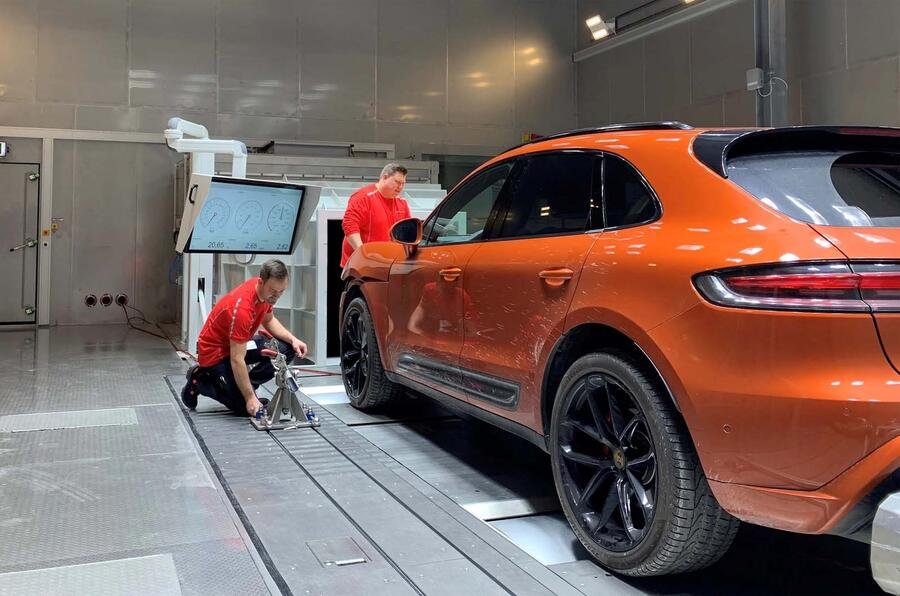How car makers can fake the weather to test prototypes

One of the biggest challenges manufacturers face is ensuring that each new model is robust and reliable in every market. The same car driven in the relatively benign UK climate has to function just as well in tundra as in desert.
Also, ICE cars’ engines, sensitive to the oxygen content of the atmosphere, have to be able to cope in the rarefied air of high-altitude locations as well as at sea level.
A few decades back, the only way manufacturers could effectively do that was to send teams of engineers and prototypes all over the world at specific times of the year to put development cars through their paces. Nowadays, they ease this costly and time-consuming burden with climatic wind tunnels on home territory.
Porsche opened a new climate centre at its Weissach development centre in 2022. It can now simulate conditions found in nearly any part of the world, from the Arctic to Dubai, all without travelling anywhere.
That means reproducing air temperatures ranging from -30deg C to 50deg C and wind speeds of up to 155mph. The climatic wind tunnel can also roast cars with solar radiation of 1.2kW per square metre and simulate humidity conditions ranging from a desert-like 5% to a tropical 95%.
The conditions can be reproduced in detail – for example, emulating the position of the sun in the environment to achieve an authentic result.
While manufacturers had decades of experience in developing ICE cars for use worldwide, EVs pose new challenges. Porsche uses the tunnel for testing an EV’s cooling circuits, how its high-voltage battery behaves in all conditions and, as with an ICE car, whether the strength of any component is affected by climatic extremes.
As well as testing the robustness of the drivetrain, engineers evaluate the performance of the interior climate control and, for example, whether a temperature of 22deg C can be maintained inside the car when the temperature outside is a blistering 40deg C.
However advanced Porsche’s climatic wind tunnel is, though, the proof of the pudding is still road testing what’s hoped will be the finished article in actual locations. Porsche says that will remain an essential part of the process.
Although climatic testing facilities like this one aren’t new (BMW opened its huge Energy and Environmental Test Centre back in 2010), they are likely to become even more important with the rapid development of EV technology.
The charging rates and battery capacities of EVs are evolving rapidly, so as well as the technical demands that places on engineering, changes in legal requirements for testing mean the test facilities need continual updates too.
Related News
